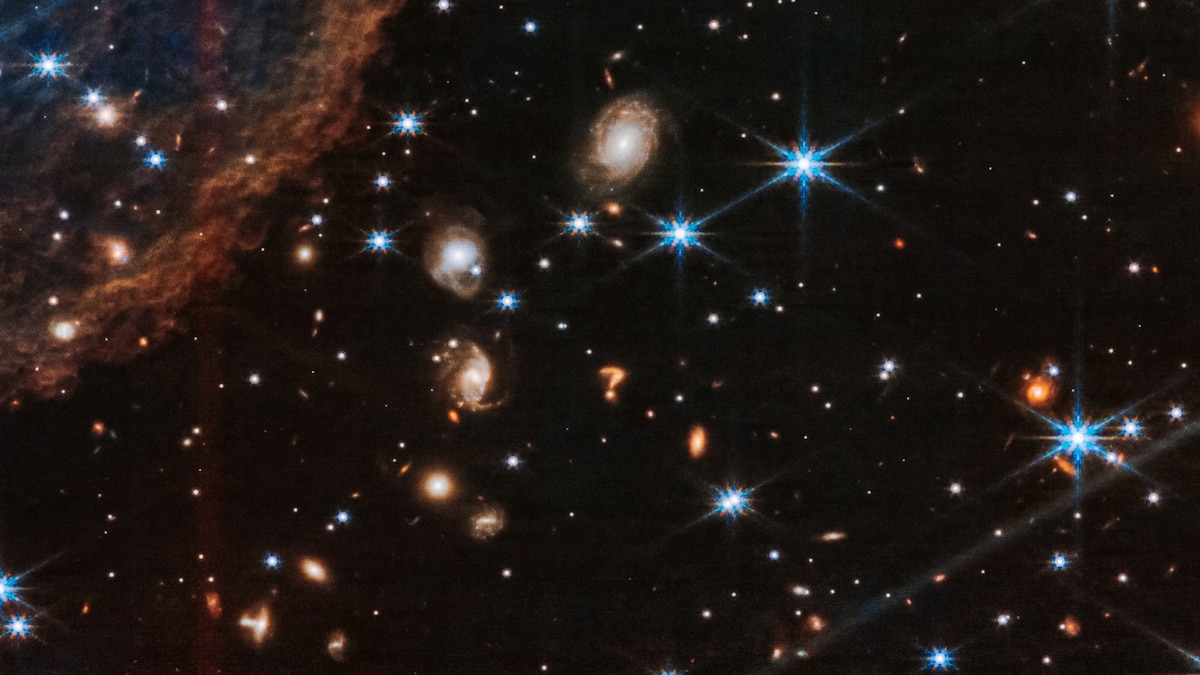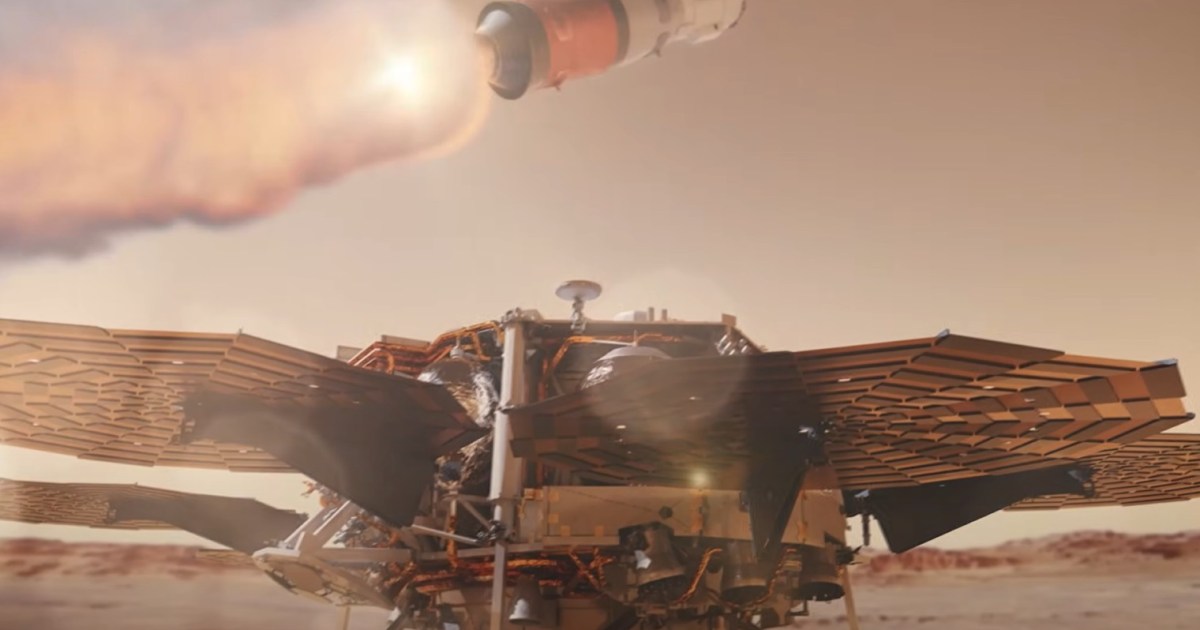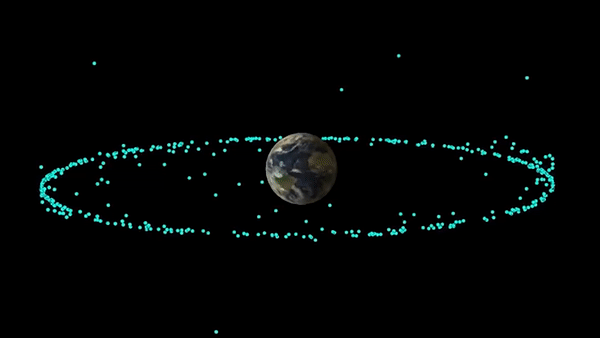matttyl
Footballguy
My bad.I think someone whipped up a batch of that in the Wendy's restroom off I-95 outside Richmond, VA. At least it smelled that way when I went through 2 days ago...the synthesis process of the LK-99 are Pb9Cu(PO4)6O + S(g).
My bad.I think someone whipped up a batch of that in the Wendy's restroom off I-95 outside Richmond, VA. At least it smelled that way when I went through 2 days ago...the synthesis process of the LK-99 are Pb9Cu(PO4)6O + S(g).


This and ITER are such boondoggles. Actual workable fusion will come from a company like General Fusion, Helion, etc.This is the classic problem with fusion...Cool to see. Keep up the good work, LLNL.
Then there's this: "During December's experiment, the lab used 192 ultra-powerful lasers to deliver 2.05 megajoules of energy to a tiny capsule smaller than a pea containing isotopes of hydrogen. It produced 3.15 megajoules of fusion energy output.
While the result was a net energy gain, 300 megajoules of energy was needed from the electrical grid to power the lasers."
So uh, not really close to break even yet, eh?
Disagree.This and ITER are such boondoggles. Actual workable fusion will come from a company like General Fusion, Helion, etc.This is the classic problem with fusion...Cool to see. Keep up the good work, LLNL.
Then there's this: "During December's experiment, the lab used 192 ultra-powerful lasers to deliver 2.05 megajoules of energy to a tiny capsule smaller than a pea containing isotopes of hydrogen. It produced 3.15 megajoules of fusion energy output.
While the result was a net energy gain, 300 megajoules of energy was needed from the electrical grid to power the lasers."
So uh, not really close to break even yet, eh?
hopefully India sticks the landing
well said.While I got no love for Russia, it sucks to see any lander crash.
They made it!!!well said.While I got no love for Russia, it sucks to see any lander crash.
would like to think some good science- sharable- would've come from that. hoping india succeeds.

This is a pretty amazing mission. We managed to steer our way to a moving space rock, grab a sample, dump it in Utah, and head out for another asteroid rendezvous. I love it.OSIRIS-REx probe will bring pristine asteroid samples to Earth today. 8 hours from now
Look, I'm sure super advanced space creatures could invent a phone that transmits data at like 100x the speed of light. We're just not smart enough yet.

Did want to jump in there as it wasn’t my place but I think the crux of his argument is that technology and our understanding of science, physics, the universe, etc etc are always advancing. Things that seemed impossible become possible with greater understanding and advancements. We aren’t at the end of our learning or theory development, we’re likely just getting started.Look, I'm sure super advanced space creatures could invent a phone that transmits data at like 100x the speed of light. We're just not smart enough yet.
Engineers plowed on, but the deeper the drill went, the hotter Earth became. The temperature gradient conformed to what scientists had predicted down to about 100,000 feet (30,408 meters). But beyond that point, as they drilled deeper, the heat intensified until it reached temperatures of 356 degrees Fahrenheit (180 degrees Celsius) at about 7.5 miles (12 kilometers) down. That was a drastic difference from the 212 degrees Fahrenheit (100 degrees Celsius) they were expecting.
Engineers also discovered, as they plowed past the first 14,800 feet (4,511 meters) that the rock had much more porosity and permeability. That, paired with the extremely high temperatures, made the rock behave more like a plastic than a solid, rendering drilling virtually impossible.
These temperatures were beyond the capabilities of their drilling equipment, but the Soviets pressed on until 1992, but never got any deeper than the depth reached in 1989. Drillers had no choice but to discontinue the effort, falling short of their 9.3 miles (15 kilometers) goal. The drill site was officially shut down and the hole sealed in 2005.
Even more exciting was the discovery of biological activity in the rocks. At 4.4 miles (7 kilometers) deep, researchers found dozens of fossils from single-celled marine organisms dating back 2 billion years. The clearest evidence were microscopic fossils encased in organic compounds that were surprisingly intact despite the extreme pressures and temperatures of the surrounding rock.
Cool article. ThanksNot new information, but some aspects were new to me!

Why Did the Russians Seal Up the Deepest Hole in the World?
The Kola Superdeep Borehole in Russia is the deepest hole in the world. It's deeper than the Mariana Trench and deeper than Mt. Everest is tall. Why did the Russians dig this deep, and why did they stop?science.howstuffworks.com
Engineers plowed on, but the deeper the drill went, the hotter Earth became. The temperature gradient conformed to what scientists had predicted down to about 100,000 feet (30,408 meters). But beyond that point, as they drilled deeper, the heat intensified until it reached temperatures of 356 degrees Fahrenheit (180 degrees Celsius) at about 7.5 miles (12 kilometers) down. That was a drastic difference from the 212 degrees Fahrenheit (100 degrees Celsius) they were expecting.
Engineers also discovered, as they plowed past the first 14,800 feet (4,511 meters) that the rock had much more porosity and permeability. That, paired with the extremely high temperatures, made the rock behave more like a plastic than a solid, rendering drilling virtually impossible.
These temperatures were beyond the capabilities of their drilling equipment, but the Soviets pressed on until 1992, but never got any deeper than the depth reached in 1989. Drillers had no choice but to discontinue the effort, falling short of their 9.3 miles (15 kilometers) goal. The drill site was officially shut down and the hole sealed in 2005.
Even more exciting was the discovery of biological activity in the rocks. At 4.4 miles (7 kilometers) deep, researchers found dozens of fossils from single-celled marine organisms dating back 2 billion years. The clearest evidence were microscopic fossils encased in organic compounds that were surprisingly intact despite the extreme pressures and temperatures of the surrounding rock.
About 90% of full here (Houston). Picked up some eclipse glasses at a grocery store, but took a few calls to find anywhere with them. So dark, 100,000x darker than simglasses.anyone getting a good view of the eclipse?

We went to Augusta Vin winery about 7 miles SE of Fredericksberg,TX in the " hill country". Excellent weather with clear skies and it was amazing. Started atc10:40 am. Total ring of fire at 11:50...lasted 4 minutes. Slight 3 degree temp drop. Had some glasses we purchased the day before. Never got a solar filter for out Nikon dslr camera (will get it for April total eclipse). Planning to return for the total eclipse in April.anyone getting a good view of the eclipse?
Irregular luminous burst added to my Google image search history.So, the James Webb Space Telescope seemingly threw cosmology into a tizzy with images of galaxies from the early universe that were much bigger than they should have been for the amount of time they have been in existence. This observation threatened the integrity of our models of how the universe evolved and/or threatened the models of how we believe galaxies form. It has led some folks to look for explanations which include the suggestion that our universe is perhaps older than we thought. Well. maybe we can slow our roll on all of that, take a deep breadth, and relax a little. An article published this month in The Astrophysical Journal Letters from the American Astronomical Society claims that they may have an explanation for what has been observed. Through the use of computer simulation, the authors propose a mechanism by which these young galaxies can undergo irregular luminous bursts of star formation, making them appear much brighter than they ought to be. Typically, we associate brightness with galactic size. Brighter = bigger (more stars). So, if there is a process by which these galaxies are atypically bright, they may not actually be as large as they appear to be. Obviously, their explanation is not definitive evidence of anything, and computer simulations have their limitations, but if legit this very well could be an explanation for what has been observed that does not threaten the integrity our current models of cosmology.

Did some work on a Venus lander a number of years back. The issue there is the hot clouds of sulfuric acid, etc. Things last minutes before getting eaten. That lander was going to use compressed xenon to shroud the lander and slow chemical attack. It didn't get to the "build it" stage, though.Cross posting from other thread.
Don't recall that I've ever seen a picture of the surface of Venus
Also interesting wiki paste comment a couple down about colonizing Venus with floating colonies being the solar system's most Earthlike conditions outside of Earth.
And we are on a collision course with them...100 million stars from Andromeda galaxy;
Sounds like a grad student job. "Hey guys, please count these stars for me over the weekend, ok?"100 million stars from Andromeda galaxy;
all these worlds are yours. except europa. attempt no landing there.You have until Dec 31, 2023 to include your name to be sent to Europa. 700k names gathered so far.
Although it seems the mission end has not been decided. Possibly impact into Ganymede.
THANK YOU. This is just asking for trouble IMOall these worlds are yours. except europa. attempt no landing there.You have until Dec 31, 2023 to include your name to be sent to Europa. 700k names gathered so far.
Although it seems the mission end has not been decided. Possibly impact into Ganymede.


Seems risky to mess with Apophis at allNASA in race to intercept "God of Chaos" asteroid.

NASA launches mission to intercept ‘God of Chaos’ asteroid before it scratches Earth's orbit
A NASA spacecraft that collected samples from the asteroid Bennu has a new mission studying the space rock Apophis as it comes historically close to Earth.www.foxnews.com
They don't intend to alter the orbit but want to use thrusters to throw up dust and material from the surface.
Seems risky to mess with Apophis at allNASA in race to intercept "God of Chaos" asteroid.

NASA launches mission to intercept ‘God of Chaos’ asteroid before it scratches Earth's orbit
A NASA spacecraft that collected samples from the asteroid Bennu has a new mission studying the space rock Apophis as it comes historically close to Earth.www.foxnews.com
They don't intend to alter the orbit but want to use thrusters to throw up dust and material from the surface.
Yes, thy aren't concerned with a collision. More interested in getting to it when it gets close to Earth to examine the "dust".Seems risky to mess with Apophis at allNASA in race to intercept "God of Chaos" asteroid.

NASA launches mission to intercept ‘God of Chaos’ asteroid before it scratches Earth's orbit
A NASA spacecraft that collected samples from the asteroid Bennu has a new mission studying the space rock Apophis as it comes historically close to Earth.www.foxnews.com
They don't intend to alter the orbit but want to use thrusters to throw up dust and material from the surface.
I think it was one of these two asteroids has like a 1% chance of hitting earth in 2060 but a 60% of crashing into the sun before that. I would guess if the 1% chance does end up happening, we're better off getting as much data as we can beforehand.
Is this Artemis?1st US landing on the moon in 50+ years appears compromised.
Rocket took off fine, but the lander had some issues after separation and engineers don't expect a soft landing on Feb 23
A 2nd US lander will also be on its way for Feb arrival.
Both are through private companies... The first time for that.
I think that's the manned mission... This is something else and unmanned. I absolutely should have said that at the giddy upIs this Artemis?1st US landing on the moon in 50+ years appears compromised.
Rocket took off fine, but the lander had some issues after separation and engineers don't expect a soft landing on Feb 23
A 2nd US lander will also be on its way for Feb arrival.
Both are through private companies... The first time for that.
